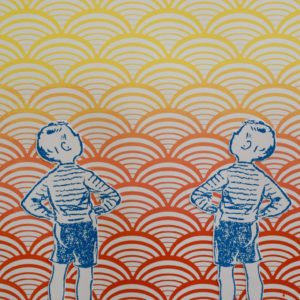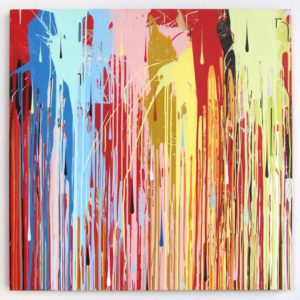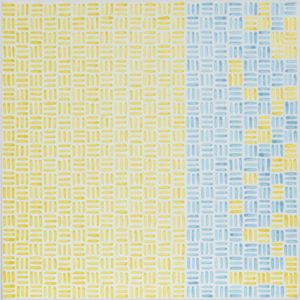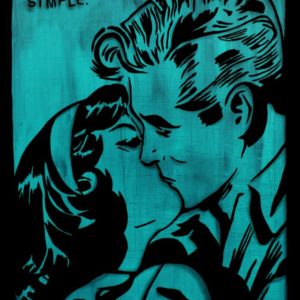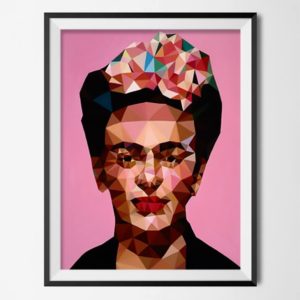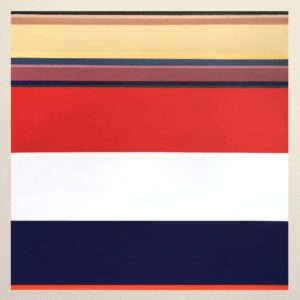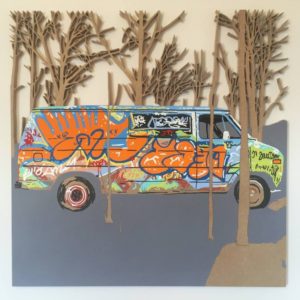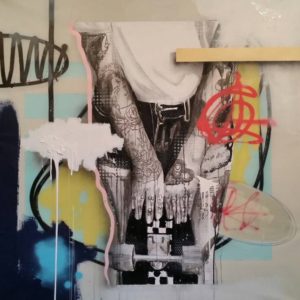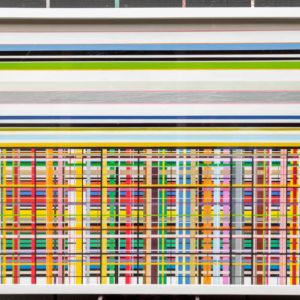Art History 101
Who was Roy Lichtenstein?
As one of the originators of the Pop Art movement, Roy Lichtenstein produced artwork that challenged abstract expressionism, the dominant art movement after WWII. While artists of the abstract expressionism movement created action paintings and covered canvases with large gestural marks, Lichtenstein used saturated primary colors, hard-edged lines, and referenced popular culture. His use of humor and celebration of the mechanical continue to inspire artists generations later.
In honor of Roy Lichtenstein’s birthday, read on to learn more about the iconic artist’s life and inspirations, and be sure to take our quiz “Can You Pass a Roy Lichtenstein Art History Quiz?” to test your knowledge of his work.
Roy Lichtenstein was born on October 27, 1923 in New York City. His mother was a trained painter and exposed him and his sister to New York museums from an early age. As a teenager, he would spend much of his free time in the American Museum of Natural History and the Museum of Modern Art.
Lichtenstein went on to study at Ohio State University, where he was greatly influenced by professor Hoyt L. Sherman. Encouraged by Professor Sherman, Lichtenstein questioned accepted canons of taste and challenged the notion of certain art being more superior then others. Lichtenstein went on to complete his BFA and MFA at Ohio State University and grew closer to Professor Sherman, eventually giving his first son the middle name “Hoyt”.
In the late 1940s and early 1950s, Lichtenstein began painting in the style that he would later become known for creating and that would later be consider the precursor to the American Pop Art movement. Lichtenstein experimented with icons in his work and incorporated parody to re-work established 19th century paintings from art history books.
The start of 1960 saw Lichtenstein’s deeper connection with popular culture, taking what he would consider one of the worst visual items and altering it. He recreated popular images in order to bring attention to the contrivance and conventions of what was considered High Art, as commercial art wasn’t considered to be in the same realm.
Throughout the 1960s, Lichtenstein would create his most celebrated paintings, becoming icons themselves. His inclusion of parody and use of the comic strip became the basis of the Pop Art movement. Through his technique, Lichtenstein both documented and critiqued popular culture in America. His best known work, “Drowning Girl,” was appropriated from DC Comics and highlights the clichéd melodrama seen in women portrayed in the media.
At the end of the decade, Lichtenstein turned away from the comic strip and looked to further critique art itself, this time with the notion of the brushstroke. Apparent and visible brushstrokes were a device of abstract expressionism, but Lichtenstein turned the gesture itself into a subject. Subjects are generally considered to be the painting itself, but Lichtenstein wanted to invert that understanding to use what is typically used to create the subject into the subject.
In the 1970s, Lichtenstein went on to further parody other established art movements such as Cubism, Futurism, Surrealism, and Expressionism. During this period, he sought to fragment and re-compose established artworks.
Lichtenstein would create work through the 1990s, venturing into works in the public sphere such as sculpture and murals.
Take our quiz below and see if you can pass a Roy Lichtenstein Art History quiz!
Love reading about all things art? You can have articles from Canvas, curated collections, and stories about emerging artists delivered straight to your inbox. Sign up for the Saatchi Art Newsletter.

